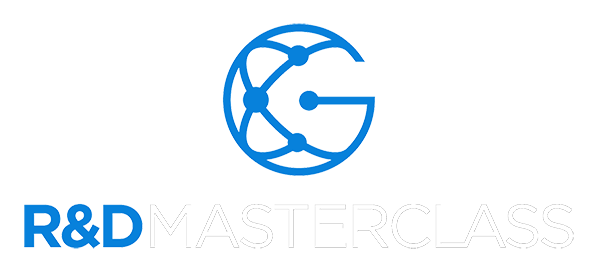Research and development (R&D) is a valuable tool when expanding and improving your business operations. Businesses that have a proper R&D strategy in place have a greater chance of success as opposed to businesses that don’t, and this leads to an increase in innovation, and productivity and gives your business an edge over your competition.
R&D focuses on understanding your market and target customers’ needs, then developing innovative products and services to meet them. In this article, R&D Masterclass explores three key ways a strong R&D strategy can enhance your business operations, including how it can be a valuable asset in your tax return.
1. Enhancing Innovation and Competitive Advantage How Businesses Benefit From R&D
Broadly speaking, having a team of people with diverse perspectives, skills, and ideas can provide a more nurturing environment for problem solving and innovation. There are a multitude of businesses – SMEs and larger enterprises alike – that can gain a competitive edge over their competition through good R&D, while being able to cut marginal costs and improve productivity.
The benefits of R&D are often considered a long-term investment, so it’s important to remember that you may not always see short-term results or profits. As well as product development and improvement, R&D can help you develop more efficient processes and new ways of delivering services.
Depending on the size of the business, an R&D strategy can vary. Larger businesses are usually able to dedicate more time and resources to R&D to introduce new products and procedures as well as improve existing ones. Whereas small businesses tend to focus more on product improvement because of budget and cost limitations.
Businesses also benefit from R&D as it offers many opportunities to generate new or enhanced streams of income, and seek public-sector innovation, research and development grants for additional support.
2. Improving Productivity and Cost Efficiency
R&D goes beyond new product creation—it also refines internal processes and service delivery. By investing in research, businesses can streamline operations, reduce marginal costs, and uncover more efficient ways to work. Larger enterprises often allocate substantial resources toward process improvements, while smaller businesses may concentrate on fine-tuning existing products within budget constraints.
3. Accessing R&D Tax Incentives and Funding
The Research and Development Tax Incentive (RDTI) offers eligible companies a tax offset for their R&D efforts. To qualify, a company must be an Australian resident—either through incorporation or a significant economic connection—or, if based overseas, be an Australian resident for income tax purposes or hail from a country with a double tax agreement that defines ‘permanent establishment’ with Australia.
This incentive supports both Australian and offshore companies conducting R&D in Australia by applying premium rates to the total eligible R&D expenditure for the financial year and then deducting that amount from the income tax liability. The RDTI has been instrumental in helping businesses across various fields innovate and grow—from developing biological alternatives to harmful pesticides to creating needle-free vaccines—while attracting global investments and encouraging collaborations with universities, organizations, and other entities.
Find Out More About R&D Customers
At R&D Masterclass, we support businesses through every stage of their R&D journey. Whether you’re just starting or already conducting research, our programs help you navigate funding, compliance, and strategy. Sign up today to optimise your R&D efforts and drive business growth!






